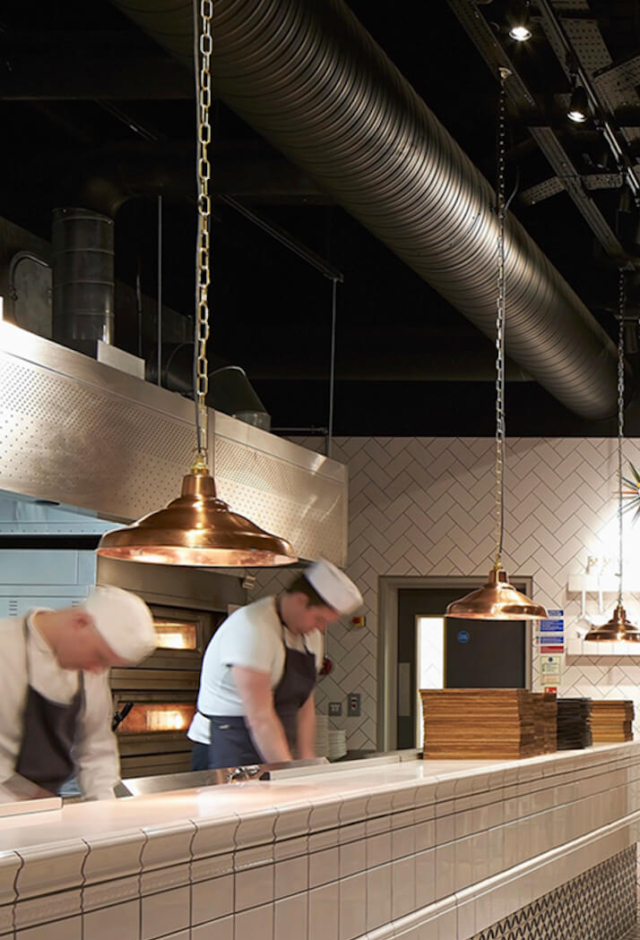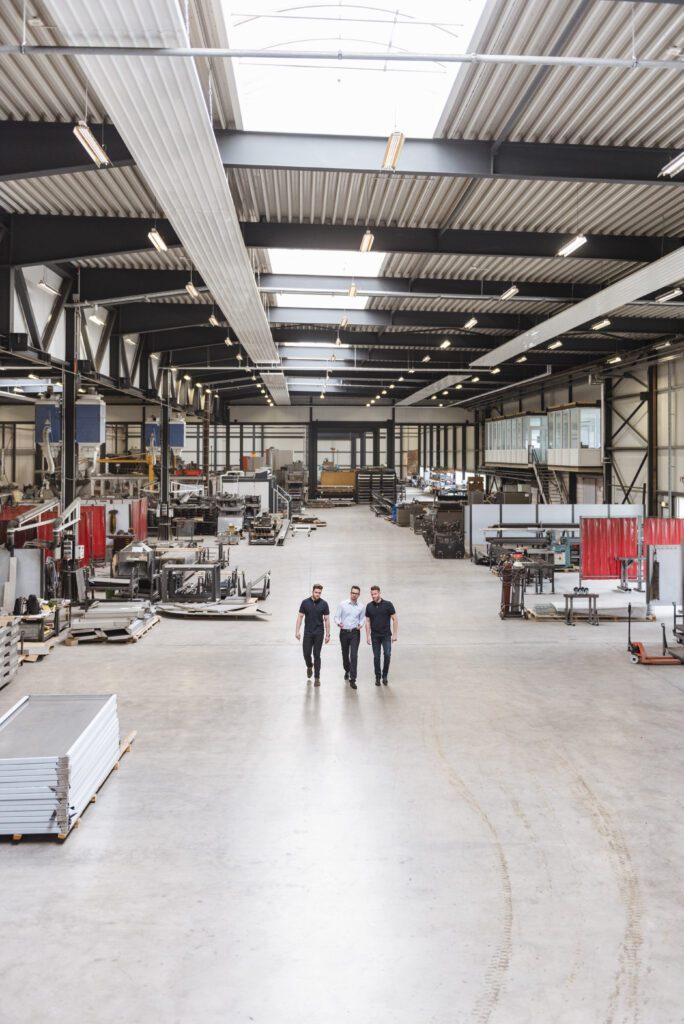There are many different types of air conditioning, and the right one for you depends on the nature of the business, the size and layout of your premises, and your budget.
At Setpoint22, our years of combined experience, trained technicians, and dedication to customer service assure you of the very best solution for your requirements — including expert commercial air conditioning installation tailored to your specific needs.
A unique and comprehensive service
Setpoint22 offers a complete package: design, installation, maintenance and repair are all handled in-house (unlike most other AC companies who only focus on installation or maintenance, for example).
This ensures you get exactly what you need, and you’ll have the ongoing support of a friendly company that fully understands your AC system and your business.
Here are some of the most common types of air conditioning systems to give you an overview of the possibilities:
Split systems are among the most common AC systems in the UK. They consist of separate indoor and outdoor units connected with pipework and electric cabling.
The outdoor unit houses the compressor and condenser, while the indoor unit can be wall-mounted or a cassette unit that sits in the ceiling grid, and this is what pumps hot or cold air into the room.
Refrigerant (a cooling agent) passes between the two in a continuous cycle.
These systems usually consist of one or two indoor units, with one outdoor unit, ideal for one or two small rooms.
Bear in mind you’ll only have one set of controls with a single or twin split system.
The temperature in both rooms will always be the same, which may (or may not) be convenient depending on your individual requirements.
These types of air conditioning systems work well for larger rooms when one unit isn’t sufficient to cover the area.
Multi split systems can handle three to five AC units and can be individually controlled up to a point. Fan speeds, louvre positions, and setpoints can all be adjusted separately.
However, it’s important to note that all systems on the unit must be in the same mode otherwise the system will go into fault.
VRF/VRV systems are similar to multi splits with a single outdoor unit and a number of indoor ones.
The big difference is a VRF/VRV operates multiple indoor units – several dozen if required. There are different types of VRF/VRV systems, but they all deliver warm and cold air, and they can be controlled precisely.
These types of air conditioning systems are ideal for large commercial buildings.
RTUs are often known as ‘packaged systems’ because all essential components are located within the rooftop unit.
The air filtration system, the compressor to circulate refrigerant, the evaporator to absorb heat, the condenser to release heat and the fan to push the cold or warm air through the building via ductwork – these are all within the RTU.
Which air conditioning is best for offices?
Split systems are ideal for single rooms or small to medium open-plan offices.
They have several plus points:
- The units can be located on walls or ceilings
- They are quiet – staff won’t be distracted by noisy equipment
- Split systems are easy to install and maintain
- Indoor and outdoor units only require copper pipe and electric cabling for connection; there’s no need for complex ductwork
- They improve air quality with efficient filtration systems
- Split systems are energy efficient – they can operate all day without consuming eye-watering amounts of electricity
Which air conditioning is best for warehouses?
The finer points of your system will depend on several factors.
For example, the size of the building, the type of goods to be stored and the climate in the area are all considerations.
However, rooftop air conditioning systems are a good place to start.
- Save space in the warehouse by having the main components on the roof
- All main components in one place – provides easy installation and maintenance
- RTUs are cost-effective to install and energy-efficient to run
- Staff won’t be troubled by operating noise
- RTUs location protects them from vandalism
- RTUs attract less dirt and debris than ground-based systems – which means less wear and tear

Which air conditioning is best for industrial buildings?
Again, this depends on what kind of business you’re in and the size of your building.
Manufacturing processes tend to involve equipment which generates heat, and your employees need to be comfortable.
There are several possibilities:
- VRF/VRV systems are highly versatile so temperature can be varied across the workplace required
- Temperature can be precisely controlled in each area
- VRF/VRV units are quiet
- They are simple to install
- VRF/VRVs are extremely energy efficient
- RTU systems are also suitable for industrial spaces, depending on your requirements

Which air conditioning is best for clean rooms?
Clean rooms are needed in industries such as pharmaceuticals and food processing, where sensitive equipment must be protected, and air must be of the highest quality.
Precise temperature and humidity control is essential and strict standards must be maintained, according to the requirements of your industry.
Split air conditioning can be suitable for smaller operations while VRF systems are ideal for bigger areas.
VRF/VRV units can include HEPA filters for high-quality filtration.